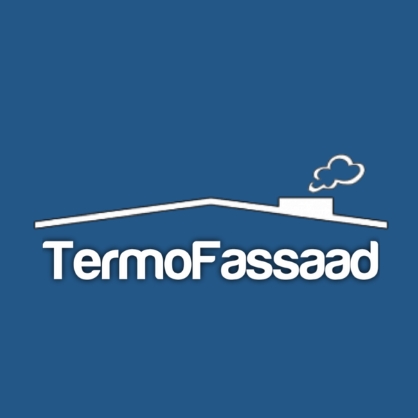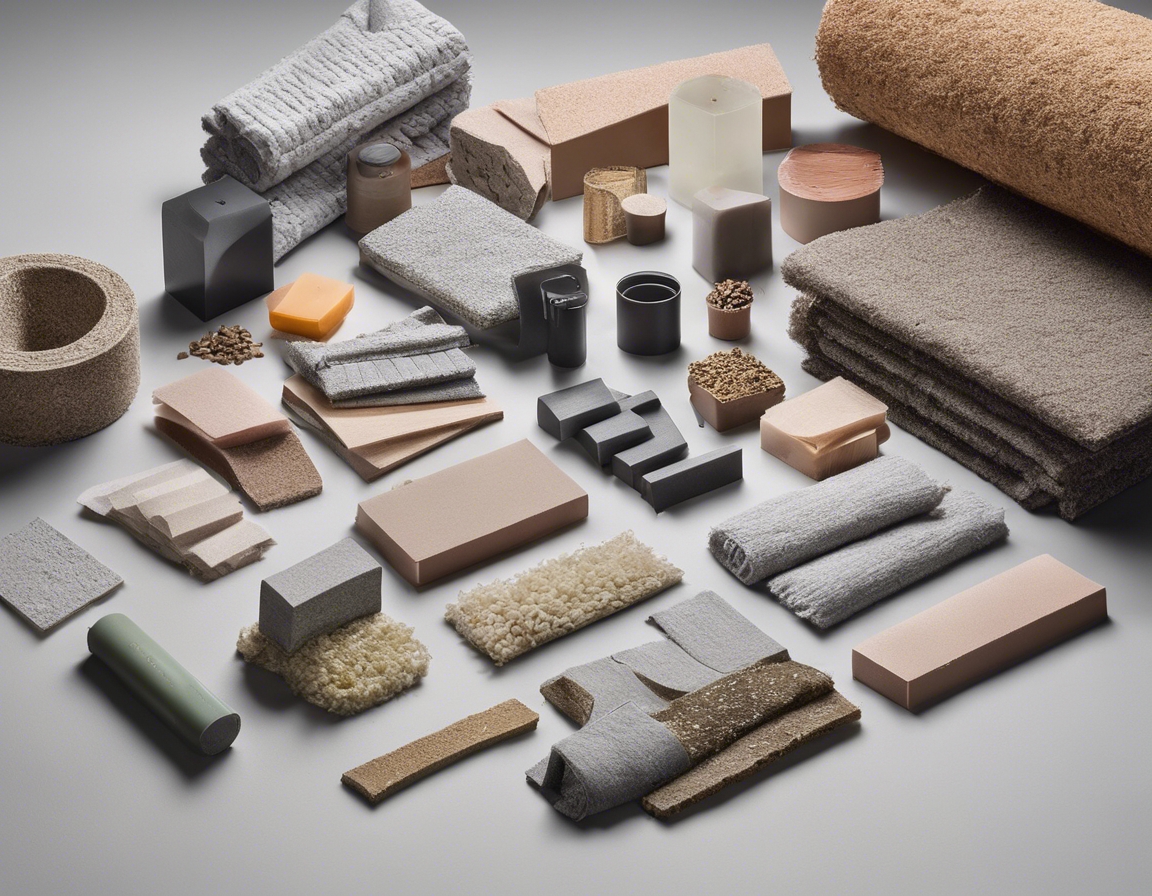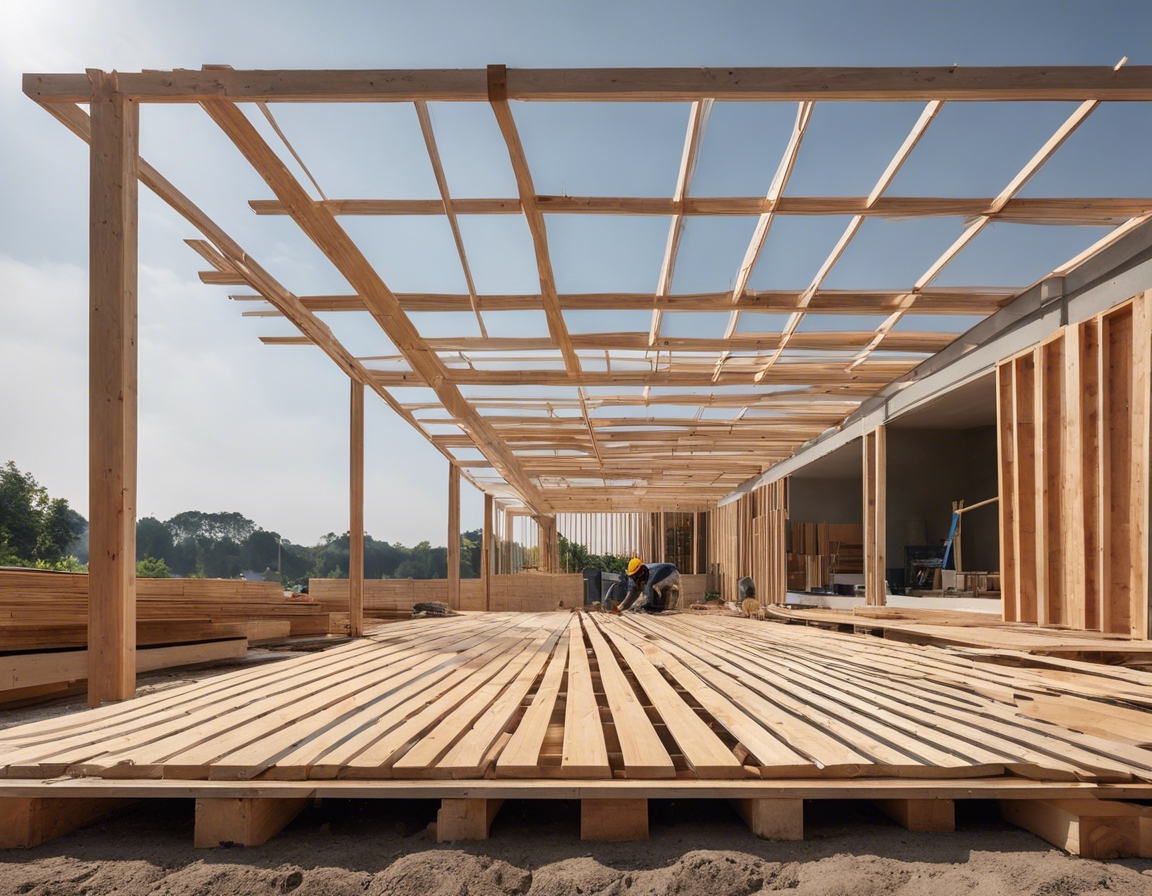5 trends shaping the future of facade design
The facade of a building is more than just an aesthetic statement; it's a critical component that defines its energy efficiency, durability, and the comfort of its occupants. Over the years, facade design has evolved significantly, influenced by technological advancements, environmental concerns, and changing tastes.
Emerging Trends in Facade Design
As the world becomes more environmentally conscious, the use of sustainable materials in facade design is becoming a priority. Materials such as recycled steel, reclaimed wood, and bio-glass are not only eco-friendly but also add a unique aesthetic to buildings. These materials reduce the carbon footprint and support the global movement towards sustainability.
The adoption of digital fabrication techniques such as 3D printing and computer numerical control (CNC) milling allows for complex and precise facade designs. These methods enable architects to push the boundaries of traditional construction and create facades that are both innovative and cost-effective.
Interactive facades that respond to environmental conditions are becoming increasingly popular. These smart facades can adjust to sunlight, temperature, and even the presence of people, optimizing energy consumption and enhancing the comfort of building occupants.
The integration of green spaces into facade design is a trend that promotes biodiversity, improves air quality, and contributes to the well-being of residents. Vertical gardens and living walls are examples of how facades can become active elements in urban ecology.
Facades are increasingly being designed with a sense of place in mind. This means that new buildings are reflecting cultural significance and the architectural context of their surroundings, creating a harmonious blend between the new and the existing urban fabric.
Impact of These Trends on Homeowners and Developers
These trends are not just shaping the future of architecture; they are also providing homeowners and property developers with opportunities to invest in properties that are not only aesthetically pleasing but also environmentally responsible and technologically advanced. By embracing these trends, they can ensure that their properties stand out in the market and offer long-term value.






Comments (0)